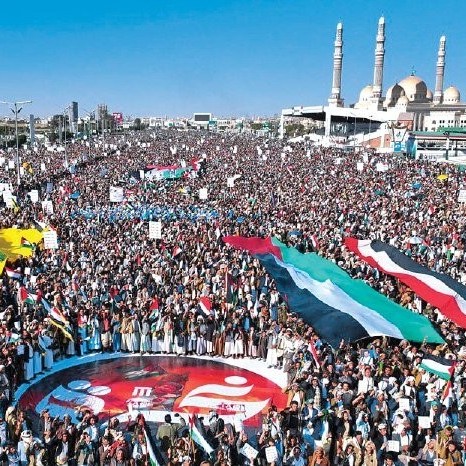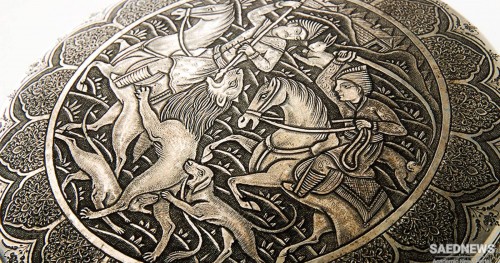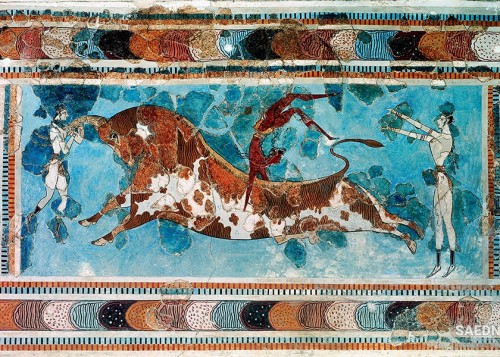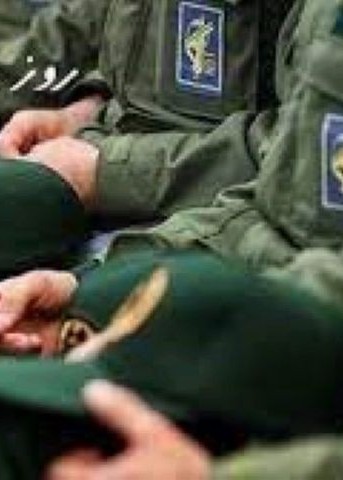Also this appellation covers different, sometimes contradictory features. On the one hand, it is marked by a less stylized language, coming closer to everyday speech; the poets of the Indian style allowed themselves greater freedom in the use of conventional imagery, and even introduced new images which hitherto had not been regarded as poetic. Occasionally this led to a relaxation of the strict structural soundness of the Persian language.
On the other hand, the rule of harmonious imagery, observed by the older poets, was increasingly disregarded. Instead, incongruous images were connected with great, often exaggerated subtlety and sophistication. Philosophical themes were frequently broached, but in a rather superficial manner. More attention was given to ingenuity of expression than to profoundness of thought or natural sentiment.
These stylistic innovations deeply influenced the subsequent history of Indo-Persian and Urdu poetry. However, in Persia it led to a strong reaction in the 18th century, known as the “literary return” (bâzgasht-e adabi), which inaugurated a renaissance of the older styles, especially the idealized simplicity of the Khorâsâni period. Yet, from a stylistic point of view, the value of the “geographical” theory for a historical periodization of Persian literature is slight.
Especially the first two periods of this scheme are unsatisfactorily defined and cover too many divergent tendencies to be truly meaningful. It is therefore better to leave the description of development of style in poetry and prose to the subsequent volumes of this series where detailed arguments can be given within the appropriate context.


 The Inauguration of Tehran University
The Inauguration of Tehran University














































